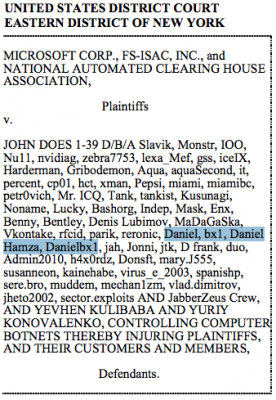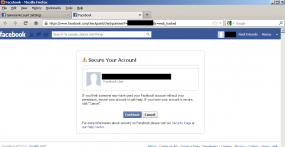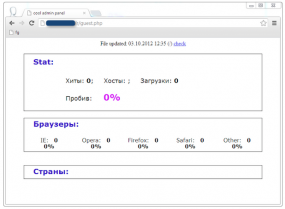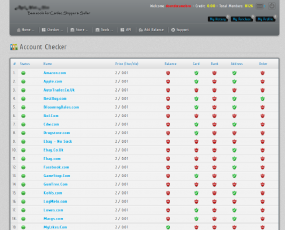A man arrested in Thailand this week on charges of stealing millions from online bank accounts fits the profile of a miscreant nicknamed “bx1,” a hacker fingered by Microsoft as a major operator of botnets powered by the ZeuS banking trojan.
As reported by The Bangkok Post, 24-year-old Hamza Bendelladj, an Algerian national, was detained this weekend at Bangkok’s Suvarnnabhumi airport, as he was in transit from Malaysia to Egypt. This young man captured news media attention when he was brought out in front of Thai television cameras handcuffed but smiling broadly, despite being blamed by the FBI for hacking into customer accounts at 217 financial institutions worldwide.
Thai investigators told reporters that Bendelladj had amassed “huge amounts” in illicit earnings, and that “with just one transaction he could earn 10 to 20 million dollars. He’s been travelling the world flying first class and living a life of luxury.”
I didn’t fully appreciate why I found this case so interesting until I started searching the Internet and my own servers for his email address. Turns out that in 2011, I was contacted via instant message by a hacker who said he was operating botnets using the Zeus and SpyEye Trojans. This individual reached out to me repeatedly over the next year, for no apparent reason except to brag about his exploits. He contacted me via Microsoft’s MSN instant message platform, using the email address daniel.h.b@universityofsutton.com. That account used the alias “Daniel.” I later found out that Daniel also used the nickname bx1.
According to several forums on which bx1 hung out until very recently, the man arrested in Thailand and bx1 were one and the same. A review of the email addresses and other contact information bx1 shared on these forums suggests that bx1 was the 19th and 20th John Doe named in Microsoft’s 2012 legal suit seeking to discover the identities of 39 alleged ZeuS botmasters. From the complaint Microsoft submitted to the U.S. District Court for the Eastern District of Virginia, and posted at Zeuslegalnotice.com:
 “Plaintiffs are informed and believe and thereupon allege that John Doe 19/20 goes by the aliases “Daniel,” “bx1,” “Daniel Hamza” and “Danielbx1” and may be contacted at messaging email and messaging addresses “565359703,” airlord1988@gmail.com, bx1@hotmail.com, i_amhere@hotmail.fr, daniel.h.b@universityof sutton.com, princedelune@hotmail.fr, bx1_@msn.com, danibx1@hotmail.fr, and danieldelcore@hotmail.com. Upon information and belief, John Doe 19/20 has purchased and used the Zeus/SpyEye code.”
“Plaintiffs are informed and believe and thereupon allege that John Doe 19/20 goes by the aliases “Daniel,” “bx1,” “Daniel Hamza” and “Danielbx1” and may be contacted at messaging email and messaging addresses “565359703,” airlord1988@gmail.com, bx1@hotmail.com, i_amhere@hotmail.fr, daniel.h.b@universityof sutton.com, princedelune@hotmail.fr, bx1_@msn.com, danibx1@hotmail.fr, and danieldelcore@hotmail.com. Upon information and belief, John Doe 19/20 has purchased and used the Zeus/SpyEye code.”
The Daniel I chatted with was proud of his work, and seemed to enjoy describing successful attacks. In one such conversation, dated January 2012, bx1 bragged about breaking into the systems of a hacker who used the nickname “Symlink” and was renowned in the underground for writing complex, custom Web injects for ZeuS and SpyEye users. Specifically, Symlink’s code was designed to automate money transfers out of victim banks to accounts that ZeuS and SpyEye botmasters controlled. Here’s an excerpt from that chat:
(12:31:22 AM) Daniel: if you wanna write up a story
(12:31:34 AM) Daniel: a very perfect
(12:31:34 AM) Daniel: even Interpol will get to you
(12:31:35 AM) Brian Krebs: ?













